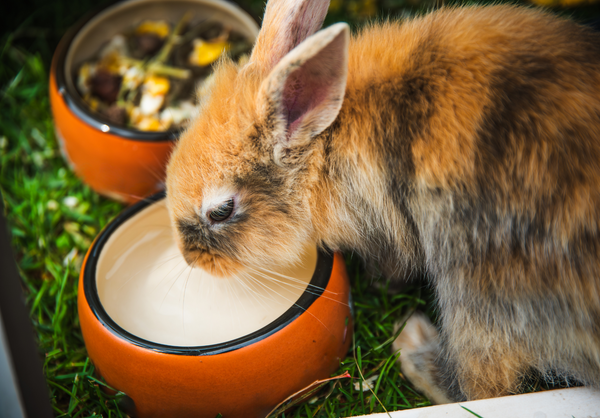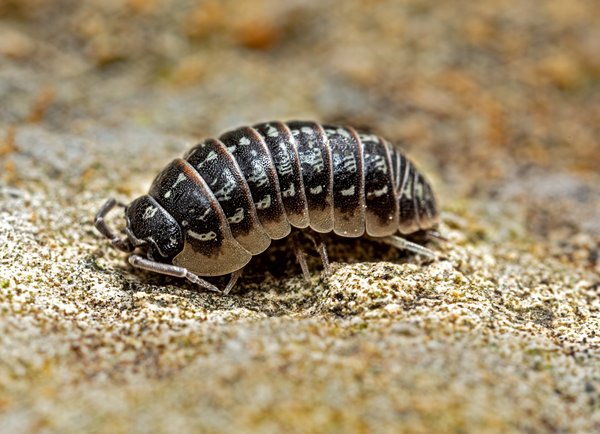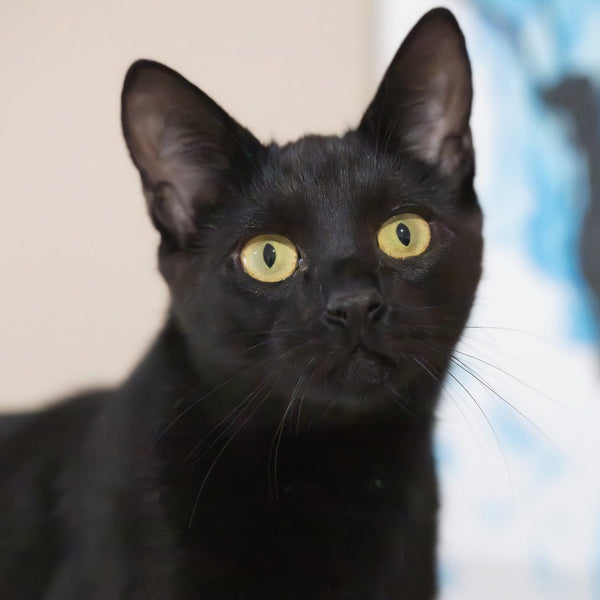Bringing a pet bird into your life is an enriching experience—they’re lively, intelligent, and bring fun to any home. But before your feathered friend settles into your family, it’s essential to create the perfect living space for them. A thoughtfully arranged and well-maintained bird cage is not just a home; it’s a haven where your bird feels comfortable, stimulated, and safe.
Whether you’re adopting a cheeky parakeet or a majestic African grey, this guide will walk you through everything you need to know to set up the ultimate pet bird cage. Think of it as crafting their dream home—your bird deserves nothing less.
Choosing the Right Cage
First things first, not all cages are created equal. The cage you select should cater to your bird’s specific size, species, and personality needs.
Size is Everything
-
Birds need adequate space for movement, stretching their wings, and climbing. The bigger the cage, the better! Even small birds like finches or budgies thrive in larger cages.
-
A good rule of thumb is to ensure the cage is at the very least twice the wingspan of your bird for adequate room to flap and play.
Bar Spacing and Material
-
Bar spacing should be appropriate for your bird’s size. Smaller birds need bars closer together (about ½ inch for parakeets and finches), while larger birds like parrots require wider spacing.
-
Choose a sturdy, non-toxic material like powder-coated steel or stainless steel. Avoid painted or galvanized cages that might flake or expose your bird to toxins.
-
For companion birds whose wings might be clipped it is a good idea to have 2 panels where the bars run horizontally for climbing.
Shape Matters
-
Rectangular cages provide a more practical structure for birds to move around compared to round cages, which can limit their space and make them feel insecure.
-
Play top cages offer a place on top of the cage for your bird to come out and spend time. They usually have an extra perch and sometimes bowls as well. These are great for companion birds but keep in mind that you will not have a place for bird lighting and if the cage is quite tall you may have trouble getting the bird down.
Creating a Comfortable and Stimulating Environment
Now that you have the perfect cage, it’s time to design your bird’s new home! Here’s everything you need to consider.
Perches
Perches are like the furniture of your bird’s home—they’re places to rest, climb, and exercise.
-
Offer a Variety: Include perches of different materials (natural wood, rope, or concrete) and diameters to keep things interesting for your bird and support foot health. Keep materials in good repair, especially rope perches.
-
Placement: Place perches at varying heights to mimic a natural environment. Avoid placing them directly above feeding areas to keep things clean. Do not overcrowd perches, your bird should “flap” from perch to perch, not necessarily step from one to another
Food and Water Bowls
Your bird’s mealtime setup matters more than you think.
-
Use stainless steel or ceramic bowls as they are easy to clean and durable.
-
Position the bowls in accessible yet secure spots, away from perches to avoid droppings contaminating the food.
Toys and Enrichment
Birds are intelligent creatures that need mental stimulation to avoid boredom (which can lead to behavioral problems).
-
Include toys, chewable toys can be fun, foraging puzzles, and swings.
-
Rotate toys every few weeks to keep your bird engaged and curious.
Cage Lining
The base of the cage should have a tray lined with bird-safe materials for easy cleanup.
-
Use untreated paper, such as newspaper, paper towel, or natural craft paper. Avoid scented or dusty materials like cat litter or sand.
A Safe Spot for Sleep
Birds value a quiet, shaded place to sleep. Consider adding a cage cover at night or placing the cage in a location that matches their natural sleep cycle.
Lighting
Did you know that proper lighting can make a world of difference for your feathered friends? Birds need exposure to natural sunlight or full-spectrum lighting to thrive. It helps them produce Vitamin D3, boosts their mood, and even enhances their natural colors!
Ready to learn how to set up the perfect lighting environment for your pet bird? Check out our latest guide and ensure your avian companions enjoy a bright and healthy life!
How to Create the Perfect Lighting Environment for Your Pet Bird
Placement is Key
Where you position the cage is just as important as its setup. Birds thrive in environments that feel secure, lively, and engaging.
-
Place the cage at eye level to help your bird feel included in family activities.
-
Avoid drafty areas, direct sunlight, or spaces near the kitchen (fumes from non-stick cookware can be harmful to birds).
Maintenance Tips for a Happy Bird
A clean cage is essential for your bird’s health—after all, no one likes a messy home.
-
Daily tasks: Replace food and water, clean the feeding dishes, and remove droppings from perches or toys.
-
Weekly tasks: Swap out cage liner, scrub trays, and wipe down cage bars.
-
Monthly tasks: Deep-clean the entire cage, including every toy, perch, and nook.
Building Trust and Connection
Once your pet bird is settled in their new space, take time to build trust and bond with them. Consistent interaction, gentle communication, and positive reinforcement go a long way.
Bonus Checklist
Here’s a quick checklist to keep you on track with the perfect bird cage setup:
-
[ ] Spacious cage (at least twice your bird’s wingspan).
-
[ ] Appropriate bar spacing and sturdy material.
-
[ ] Variety of perches in different materials and diameters.
-
[ ] Accessible, clean food and water bowls.
-
[ ] Engaging toys and enrichment activities.
-
[ ] Proper lining for the cage tray.
-
[ ] Safe, quiet, and draft-free placement in the home.
- [ ] Lighting.
Welcome Home, Feathered Friend!
Setting up a bird cage is a labor of love—and the rewards are endless. Your feathered friend will thrive in a thoughtfully designed space, and in return, they’ll fill your life with joy, companionship, and song.




